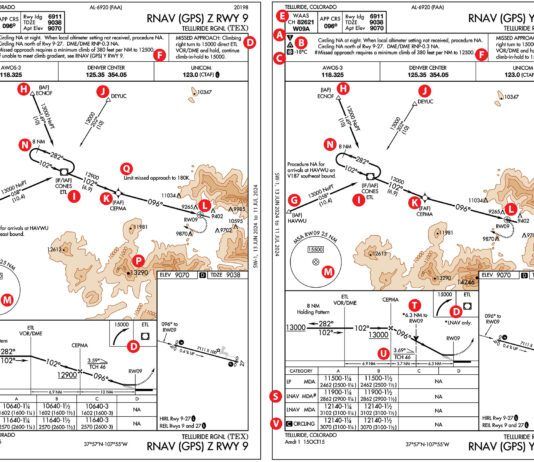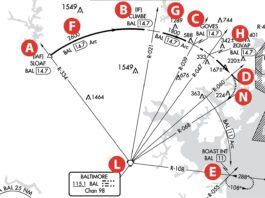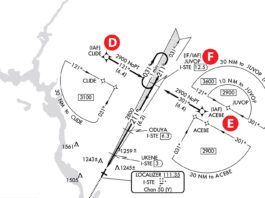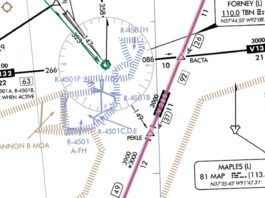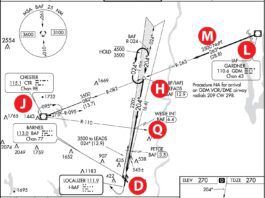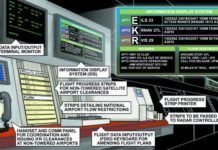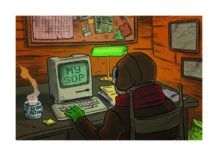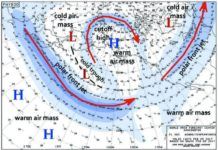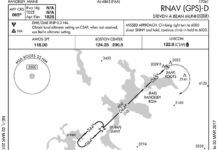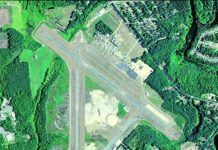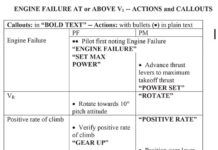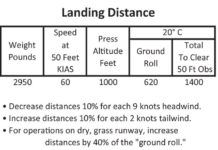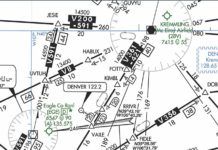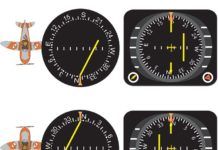Flight Data Controller
A radar controllers primary concern is the safe sequencing of airplanes. Accomplishing this requires more than just good judgment, clear communication, effective working speed, and knowledge of aircraft and airspace. It depends also on up-to-date information and the ability to stay focused on his airplanes. The controller needs access to a variety of data, such as weather, NOTAMs, nationwide flow restrictions, PIREPs. SIGMETs, etc. This (often critical) information changes frequently, comes from a variety of different sources, and affects aircraft in a many ways.
Put It Together: DIY SOP
Weve discussed the benefits of personal standard operating procedures (SOP) for our own flying. Weve taken the main elements (Using an SOP in GA, September 2016) and began creating our own (DIY SOP Considerations, February 2017). Meanwhile, we tried to wean you from your do-list in favor of a flow and check (Change Your Checklist, October 2016 and DIY Flow and Check, January 2017). In this final article, we assemble a personal SOP for a light GA single.
Handling Windshear
Really big winds and airplanes are not compatible. Of course, our first desire is to avoid those big winds. But, occasionally they sneak up on us even when were diligent about avoiding them. Then what should you do?
The Weather Aloft
In Wx Smarts, we go beyond the basics you learned in flight school. Sure, you know that winds are stronger at higher altitudes, and that you find fronts near where the jet stream is, but why? What makes the winds flow from the southwest at 20,000 feet when theres a storm system approaching? Lets go past the usual weather playbook to look at why the given upper-air pattern is in place.
Going Downhill Fast
Keeping your instrument-flying skills sharp is like high school football. No, not the social activities after the game; we mean the combination of drills and scrimmage. This sim challenge is a bit of both. The scrimmage part is that youll practice in the context of a (nearly) complete flight. The drill part is that flight is focused on one skill: the anvil descent.
DIY Weather Briefing
The old saying tells us you cant be cleared for takeoff until the gross weight of the paperwork exceeds that of the aircraft. That hasnt changed much since Flight Service received reports on Teletypes necessitating cryptic abbreviations to conserve precious bandwidth on 75-baud lines. Calling Flight Service used to be required to file a flight plan and get a weather review from a specialist with information unavailable anywhere else. Technology has changed all that.
Displacement Effect
Displaced thresholds are just for landing in the direction of the displacement. So back in 2008 when the 4800-foot runway was displaced 1500 feet from both ends, the landing distance either way was 3300 feet. You may roll out, or even touch down and stop, on the displacement for the opposite direction.
Capital Line Items
Just like Albany in New York and Sacramento in California, you wont find Maines capital buildings anywhere in the states thriving metropolis. Of course, thats because Maine doesnt really have a thriving metropolis. (Our biggest city, Portland only has 67,000 people and has issues, being dubbed the other Portland.) However, we do have a capital in our eleventh-largest town of Augusta, population 18,000. Im told 17,993 of them are lawyers. Of the remaining seven, perhaps youre visiting the guy who paints watercolors of the lovely view overlooking the Kennebec River.
DIY SOP Considerations
Good single-pilot resource management calls for three basic elements: Knowledge of ones aircraft systems and characteristics, proficiency in their use under various conditions, and well-crafted, consistent routines. Those well-crafted, consistent routines-standard operating procedures, SOPs-encompass flows, checklists and callouts, but go well beyond the basics. Weve started down the path toward personal SOPs in Using an SOP in GA in the September 2016 issue.
The Spartan Approach
Youre eager for your day trip to meet the gang and head to East Lansing, Michigan for a Spartans football game-provided you can get yourself to Tecumseh, southeast of Michigan State University. No big deal; its less than two hours flight from your home base and youre in your trusty Cessna 182. So far so good, until you actually see whats in store for you.
Standard Charting and Non-Standard Approaches
I dont know where the KEGE localizer resides, or how wide it is, but the chart shows it brings you aligned with Runway 25. The approach starts high and requires several step-downs, so youll need DME off the localizer, or IFR GPS equivalent. (As an aside, you cant substitute even WAAS GPS for lateral guidance on this approach. You must fly the localizer needle by regulation.) This LDA is unusual in that it has a glideslope like an ILS, which optionally gives you an extra 300 feet of descent-but requires an extra half-mile of visibility. More on that in a moment.
Reverse Sensing – HSI
In last months IFR Clinic we discussed how VORs work. Boring and repetitive as that is, we needed to start there to get the basis for understanding a localizer and a localizer back course using a conventional dedicated navigation indicator (VOR/LOC) and the need to sometimes chase the CDI to correct, and sometimes to pull it. Theres too much material for a proper review, so lets just skip right to the good stuff.

